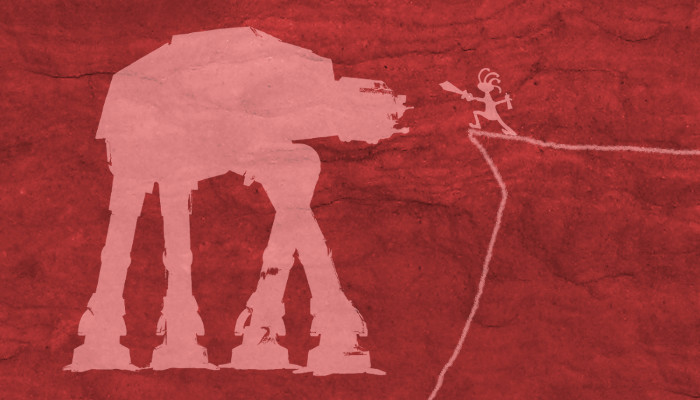The very act of doing business is a story unto itself. It’s a story told through the interactions of an ensemble cast (customers, products, services, employees, investors, vendors. etc.) and their respective motivations. If companies want to employ a story-based communications strategy, they must first map those interactions with the company’s strategic plan to create a top-level story.
An enterprise’s top-level story is the like the plot in a movie. It establishes a framework for various sub-stories that play out every day:
- The enterprise’s origin story
- Customer’s journey to purchase story
- Prospects decision NOT to buy story
- Customer’s use of your product story
- Customer’s support story
- Investor’s journey to investing
- Investors journey to NOT invest
- Journalist’s journey to covering your company
Good sub-stories can stand on their own. Great sub-stories support the business strategy while advancing the overall top-line story.
Sub-stories are written by those responsible for each audience.
- Marketing writes stories for high-funnel prospects
- Sales writes stories for mid-funnel leads
- PR writes stories for journalists and influencers
- Senior management writes stories for investors and employees
- HR writes stories for both present and future employees
So, how does each department write their sub-stories while remaining true to the corporate top-line story? The answer comes from an unlikely source. Fan fiction writers.
Fan fiction writers use top-line stories as the inspiration for their own sub-stories. As long as they remain true to the top-line story and its elements, their stories work. However, if they deviate from the established framework by changing roles, events, or influences, their sub-stories fall flat. The same is true for business communicators who are responsible for telling their own sub-stories.
Take a look at your company’s strategic plan. Identify the roles, events, and influences that play out every day in your business. Describe how each fits into your company’s overall strategy story. What sub-stories can you create to support that top-line story? Care to take a whack at one of them?
